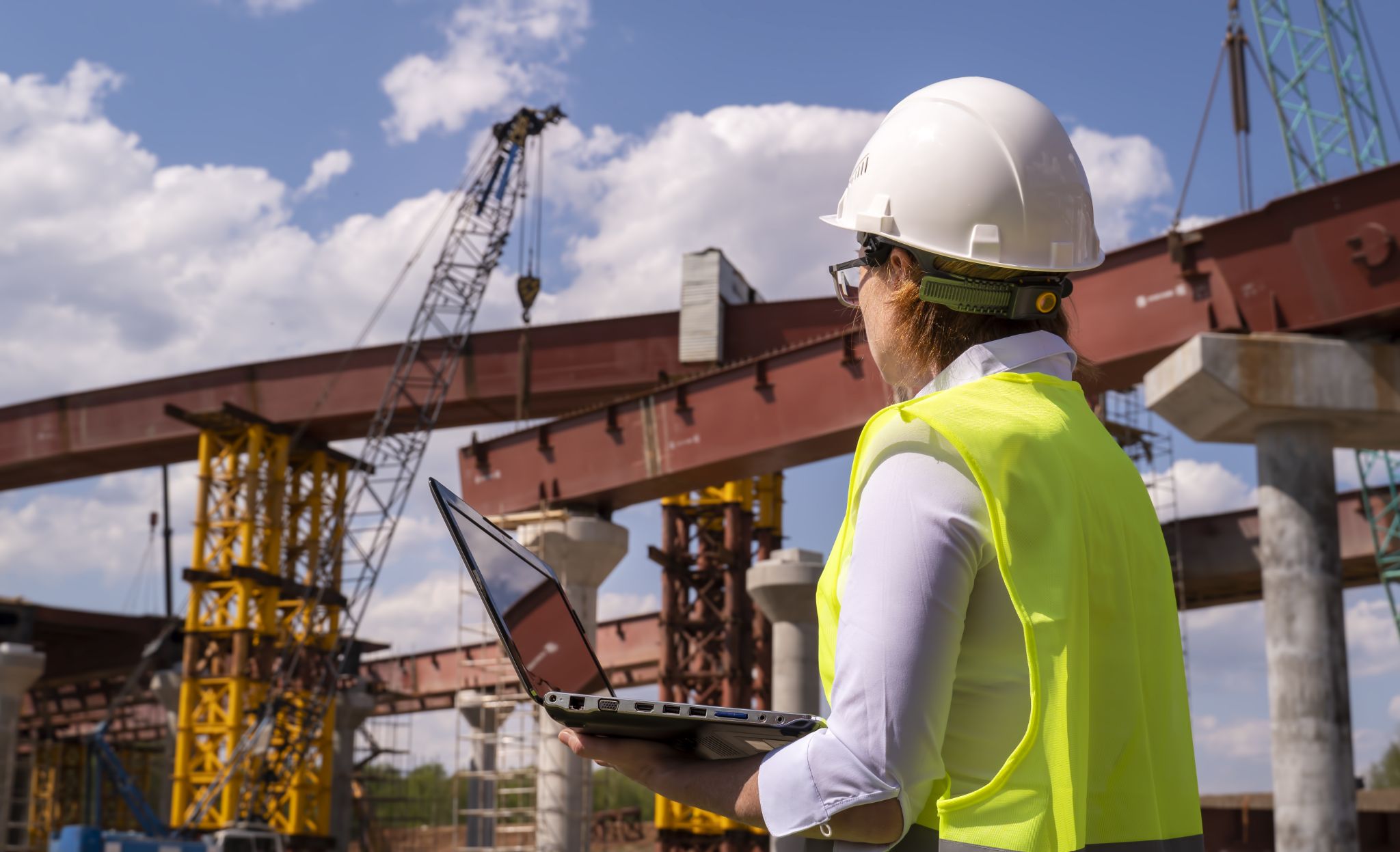Outside Metal plus Concrete: Materials Revolutionizing Physical Design
In the constantly changing field of civil engineering, the ingredients we use play a key role in molding the future of our constructed surroundings. As urban landscapes continue to grow and evolve, engineers are no longer confined to standard options like steel and cement. Innovative materials are revolutionizing how we approach design, safety, and environmental responsibility in building. This thrilling shift not only improves the design quality of structures but also boosts their efficiency and resilience against natural disasters.
Grasping the principles of structural engineering is crucial for anyone keen in how buildings and systems are designed and constructed. From famous tall buildings that reach the sky to solid bridges uniting communities, structural engineers are the overlooked heroes providing protection and usability in all task. As we explore the newest advancements and developments molding the industry, we will emphasize the value of these professionals in creating safe and environmentally responsible environments for the long-term.”
Understanding the field of Structural Engineering
Structural engineering is a branch of civil engineering that centers around the design, examination, and building of structures, ensuring they are safe, stable, and capable of endure different weight and external factors. This field encompasses a broad range of construction types, including constructions, overpasses, towers, and underground passages. Engineers in this field apply principles of physics and material science to develop blueprints that both meet aesthetic requirements but also adhere to strict safety standards and building codes.
The responsibility of structural engineers is critical in the building process. They collaborate with architects and other engineers to develop comprehensive plans that account for weights, building materials, and environmental factors. This collaboration is crucial for designing structures that are simultaneously functional and visually appealing. Structural engineers must also consider upkeep and long-term durability, ensuring that the constructions will perform well throughout their intended lifespan.
As we move towards a more advanced technological era, the future of structural engineering is likely to see innovative practices and resources that further improve security, eco-friendliness, and effectiveness in construction. From the incorporation of intelligent systems in construction projects to the use of sustainable materials, structural engineering is evolving to meet the needs of modern society. Grasping these developments is essential for those who want to know about the discipline or involved in construction projects, as it holds the key to developing durable and sustainable built environments.
Key Advancements and Patterns
Civil engineering is witnessing a flourish of developments that are changing the substance landscape of the field. One significant development is the growing adoption of innovative materials like composite polymers (FRP) and ultra-high-performance concrete (UHPC). These materials merely enhance the sturdiness and durability of structures but also lessen the overall weight, allowing for more innovative designs. As environmental responsibility becomes a priority, the use of repurposed materials and sustainable options such as bamboo and rammed earth is increasing traction, enabling engineers to develop structures with lower carbon footprints.
Another important trend is the use of digital tools in the design and construction methods. Building Information Modeling (BIM) is at the forefront, allowing engineers to build detailed digital models of structures. This technology improves collaboration among groups, enables instant adjustments, and enhances accuracy in weight calculations and stress analyses. Additionally, the use of artificial intelligence and machine learning is enhancing proactive maintenance, helping engineers identify potential structural issues before they escalate, ultimately reducing costs and ensuring safety.
Finally, the immediacy of climate adaptation is shaping the advancements in structural engineering methods. Engineers are increasingly focused on designing buildings able of enduring extreme weather events and natural disasters. This includes developing earthquake-resistant structures with flexible foundations and wind-resistant designs that feature aerodynamic elements. As Visit website continue to grow and face environmental challenges, the evolution of structural engineering will rely heavily on these advancements to safeguard both the built environment and the communities within.
The Importance of Collaboration

Teamwork is a cornerstone of effective structural engineering projects. Engineers in the field of structure often collaborate closely with architects, builders, and other professionals to make certain that a design is both visually appealing and practically effective. Transparent dialogue throughout the project lifecycle facilitates a concise understanding of objectives, requirements, and constraints, allowing teams to address any potential issues before they become major hurdles. This collaborative effort not only enhances overall effectiveness but also results in innovative solutions that can elevate the quality of the building process.
In addition to collaboration with architects, structural engineers commonly collaborate with additional experts, such as mechanics, electrical engineering, and plumbing (MEP) engineers. This multidisciplinary approach ensures that all systems within a building are cohesively designed, taking into account factors like weight distribution and overall structural integrity. By working together, these professionals can develop a comprehensive understanding of how different systems might interact and influence one another, thus avoiding unexpected challenges during the construction phase.
As the field of engineering evolves, the significance of collaboration is increasingly emphasized by the advent of new technologies like Building Information Modeling (BIM). These tools enable real-time sharing and modification of data related to the project among collaborators, creating a collaborative environment that promotes transparency and efficiency. Embracing this team-based approach not only strengthens relationships among stakeholders but also empowers teams to boost innovation and sustainability in their plans, paving the way for stronger and progressive buildings.